Report this entry
More from the same community-collection
Pancho Villa Stash House Opening February 2020 & Cindy A. Medina
THE VILLA'S AND MS. CINDY MEDINA HAD THE 1st OPEN HOUSE AT THE ...
Harvey Girls of El Paso Texas
Harvey Girls of El Paso Texas taken at Union Station in February ...
"Affirmative Action Statistical Report" El Paso SMSA July 1984
"Affirmative Action Statistical Report" El Paso SMSA July 1984 ...
El Paso County employee celebrates Women's History Month, El Paso, TX 2022
El Paso County employee celebrates Women's History Month, El ...
County Judge Ricardo A. Samaniego and staff, El Paso, TX 2022
County Judge Ricardo A. Samaniego and staff, El Paso, TX 2022
Mostafa Al-Azemmouri/Estevanico at Pioneer Plaza
You are at Historias: El Paso's Black History, Site ...
Dr. Lawrence Nixon and Drusilla Tandy Porter
You are at Historias: El Paso's Black History, Site # ...
Hotel Sheldon, Federal Building, El Paso, TX 1908 Postcard
Hotel Sheldon, Federal Building, El Paso, TX 1908 Postcard
Iliana Holguin, County Commissioner, El Paso TX March 24, 2022
Iliana Holguin, County Commissioner, El Paso TX March 24, 2022
Maud Sampson Williams historic marker, County Courthouse El Paso, TX, March 24, 2022
Maud Sampson Williams historic marker, County Courthouse El ...
Iliana Holguin, Patrcia Macias, Vivian Rojas El Paso County Courthouse, March 24, 2022
Iliana Holguin, current County Commissioner; former judge, ...











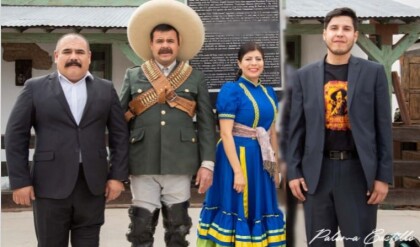

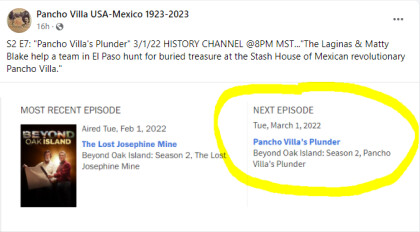
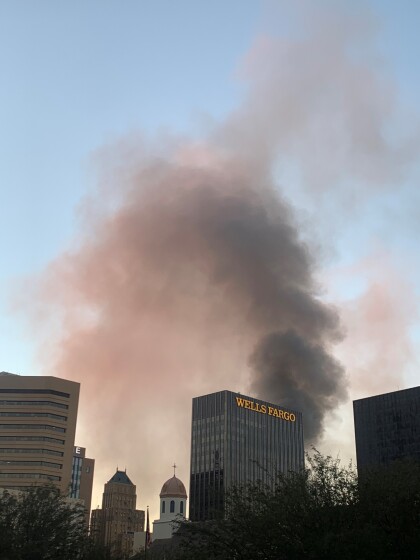
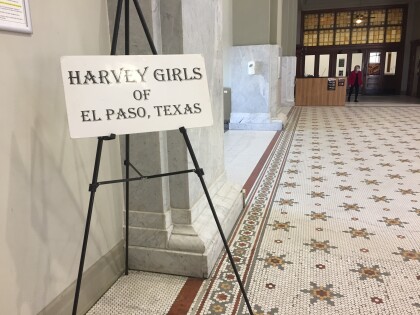

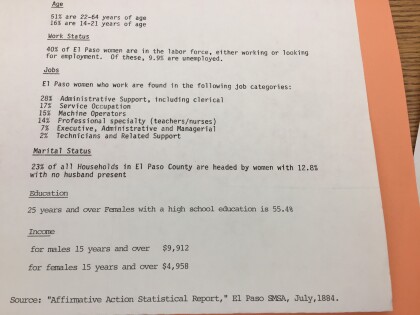
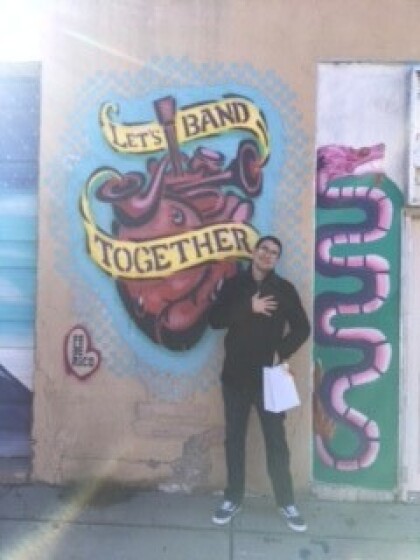
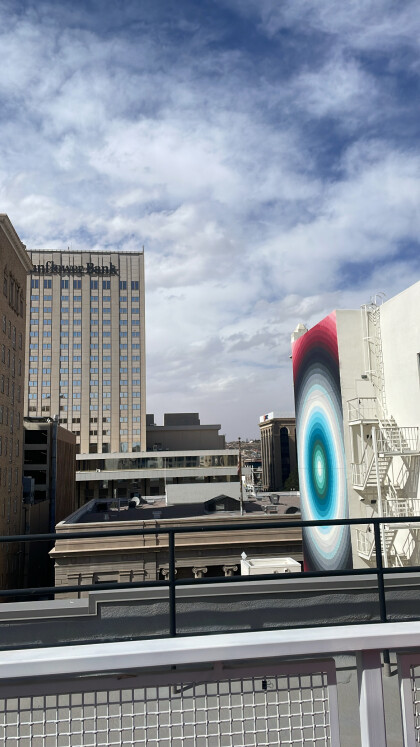
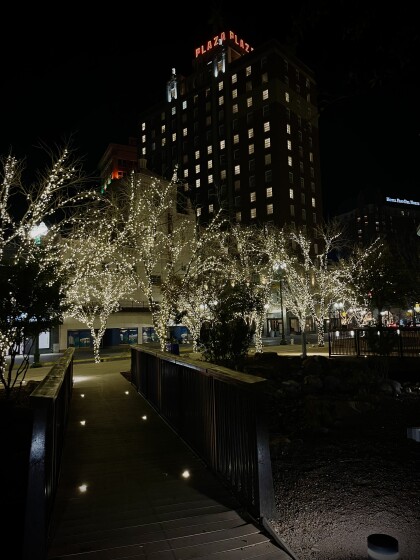
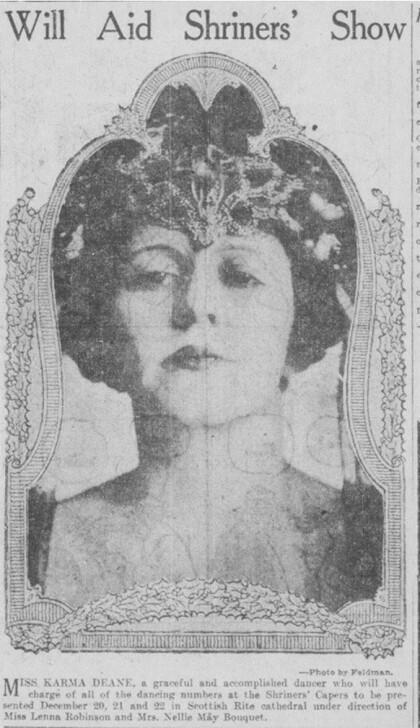
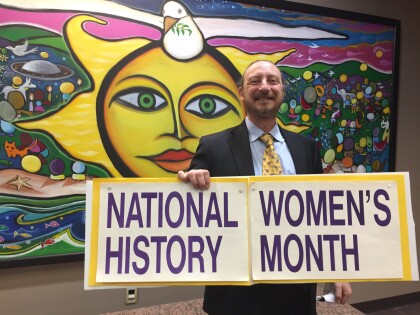
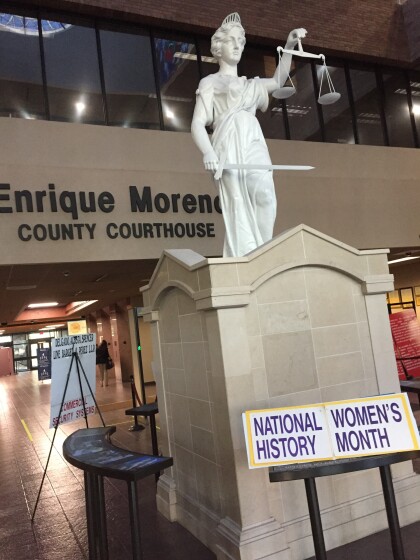
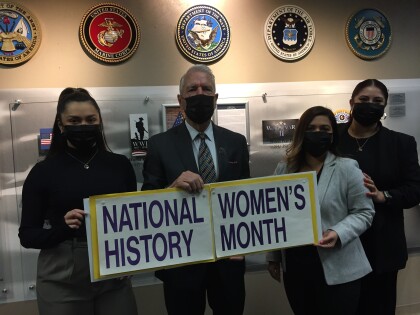
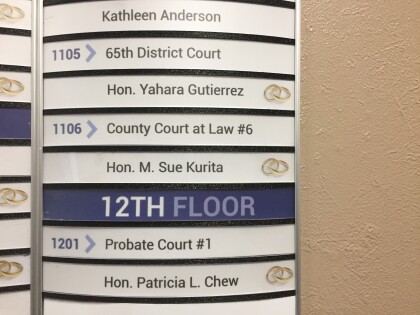
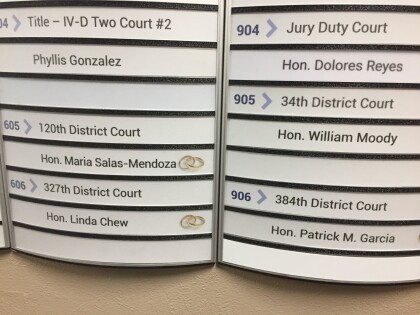
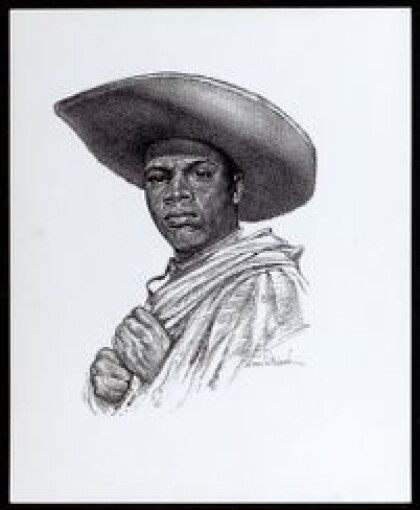
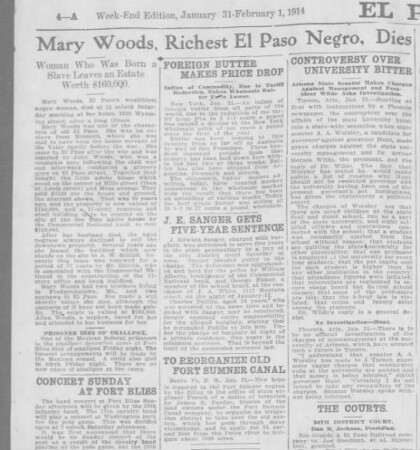
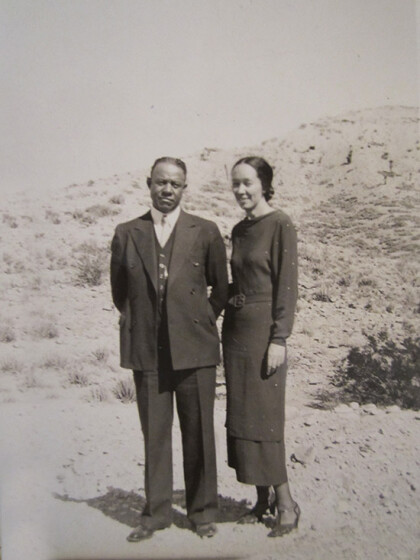
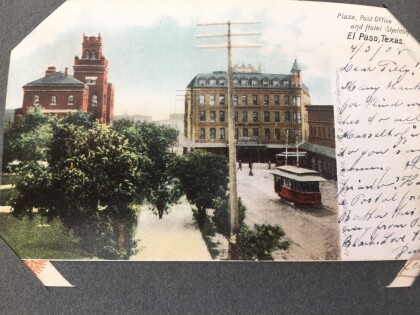
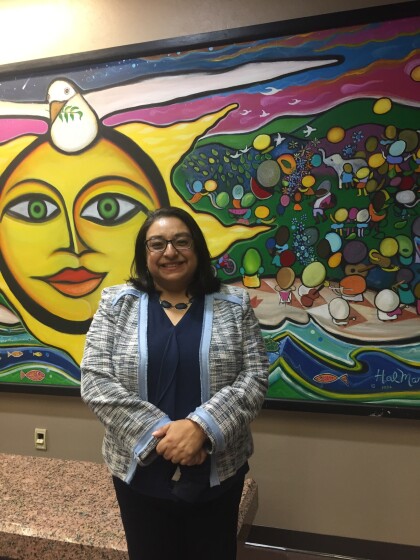
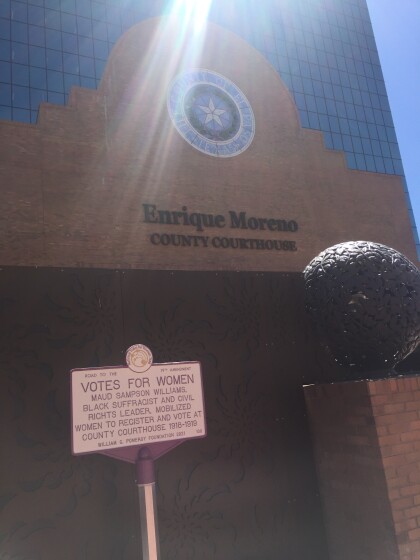
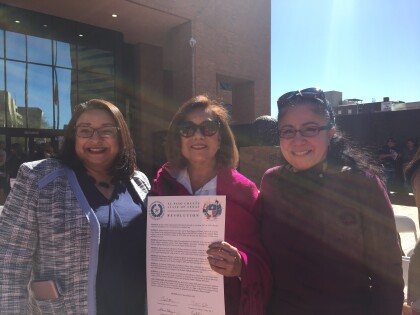
Comments
Add a comment